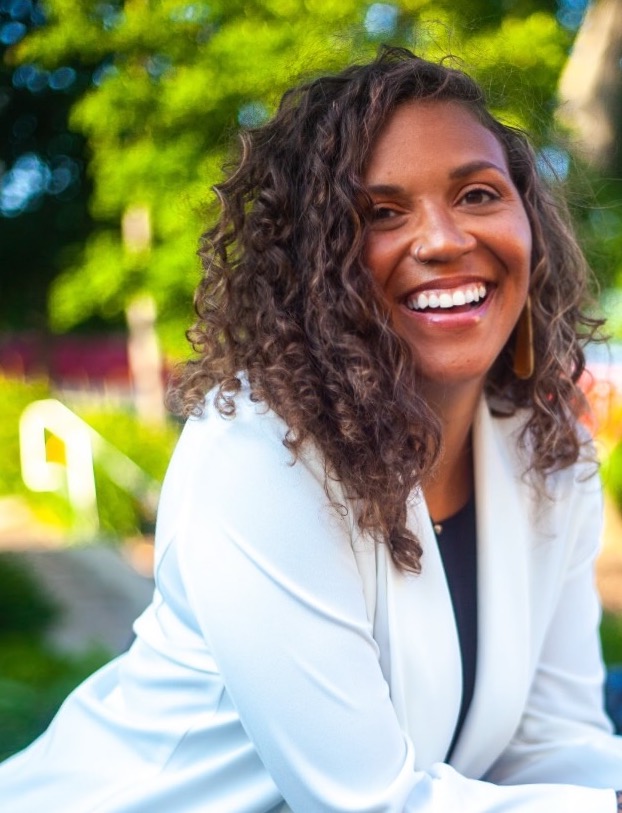Katie Dieter (M.A. ’09, Ph.D. ’17, African American and African Diaspora Studies, M.A. ’12, Gender Studies) is the associate director of African and African American studies (AAAS) at Stanford University. Dieter is passionately working in her field at this monumental time to promote change and healing through the advancement of the vision and goals of the AAAS program. For four years, she was a senior lecturer at the Edna Manley College of the Visual and Performing Arts in Kingston, Jamaica. She often uses her artwork as a method in her research process, and her research focuses on the ways the visual and performing arts stimulate knowledge production and resistance, particularly in Black studies programs.

Q: Tell us about your involvement with the AAAI.
A: I held the following positions a the AAAI: Marketing and Promotional Coordinator, Graphic Designer, and Marketing Manager. At some points I occupied more than one position at once, but I was employed at the Institute from 2007–2016 (wow, that seems wild)!
Q: What did you gain from your time here?
A: My time at the AAAI was invaluable to my overall time in graduate school and also where I am today in terms of my career and research. The AAAI offered a home for me on campus and also provided me with such a necessary set of skills that I find myself coming back to in the administrative side of my role as Associate Director of African and African American Studies at Stanford. Delegation, multi-tasking, building relationships and partnerships with organizations, departments, and other campus entities and even community engagement, and the importance of creativity in the academy are all vital tools that I learned while in various positions in the AAAI. Because the Institute also felt like a family to me, I realize that I incorporate that into my management style and it also heavily influences how I mentor students—always coming from a place of care is very important to me—and the folks at the AAAI showed me that.
Q: Do you have any favorite memories or stories?
A: I have many, but I would say my fondest memories are seeing the students perform in the ensembles. I also spent quite a bit of time in the AADC studio during their class time, watching performance rehearsals, and working closely alongside Prof. Iris Rosa when I was doing research for my dissertation. I really enjoyed that close, behind the scenes involvement with the AADC. I also think so fondly of just being in the office space and the friendships I established with various members of staff and the directors.
Q: Anything else you want to share about yourself or your experience with the AAAI?
A: I feel so fortunate to have the AAAI as a part of my graduate experience. I feel that the universe brought this space and the people in it into my life at such a crucial time—As an artist in a Master’s and then Ph.D. program, it was so helpful for me holistically to be in a space surrounded by the arts. And because the AAAI is so closely tied to the department of African American and African Diaspora Studies, where I was a graduate student, it really rounded out my entire graduate experience. The AAAI then became the inspiration for my own research on the ways the visual and performing arts can be used as methods of knowledge production, particularly in Black Studies programs. The AAAI also influenced my interest in the administrative aspects of the academy and really propelled my decision to focus my career in this way.


 The College of Arts Sciences
The College of Arts Sciences